Art has always been more than just visual beauty—it's a complex tapestry of human experience, cultural dialogue, and historical testimony. For too long, traditional art history has been dominated by a narrow, Eurocentric perspective that marginalized countless voices and creative traditions. Today, art historians and curators are actively working to deconstruct these limiting frameworks, bringing forgotten artists and suppressed narratives into the spotlight.
Rediscovering Marginalized Artistic Voices
The art world is experiencing a profound transformation as researchers dig deeper into overlooked artistic contributions. Women artists, artists of color, and creators from non-Western cultures are finally receiving the recognition they deserve. Take, for example, the remarkable story of Hilma af Klint, a Swedish artist who created groundbreaking abstract paintings decades before artists like Kandinsky and Mondrian, yet remained virtually unknown until recently.
These rediscoveries aren't just about adding names to art history books—they're about fundamentally reimagining artistic innovation and creativity. Many marginalized artists were working with complex conceptual ideas and experimental techniques that challenged the dominant artistic paradigms of their time. By bringing these voices forward, we're not just expanding representation; we're completely reshaping our understanding of artistic evolution.
Decolonizing Artistic Narratives
The process of decolonizing art history goes far beyond simple representation. It requires a critical examination of how art has been collected, displayed, and interpreted through colonial perspectives. Museums are now confronting their problematic histories, acknowledging how many collections were built through imperial extraction and cultural appropriation.
Provenance research has become increasingly important in this context. Investigating the origin and ownership history of artworks reveals complex stories of displacement, power dynamics, and cultural exchange. Many institutions are now working to repatriate artworks to their communities of origin, acknowledging the violent histories of cultural theft.
Contemporary artists are also playing a crucial role in this decolonial process. Through their work, they challenge existing narratives, reclaim cultural symbolism, and create new visual languages that resist traditional colonial representations. Artists like Kara Walker, Yinka Shonibare, and Kehinde Wiley have been instrumental in forcing viewers to confront uncomfortable historical truths.
The ripple effects of these shifts are profound. Art movements that were previously marginalized are now being recognized for their revolutionary potential. The Négritude movement in literature and art, for instance, is now understood as a powerful form of cultural resistance and self-definition.
Technological advances have also transformed how we research and understand artistic histories. Digital archives, AI-assisted research, and global collaborative platforms are breaking down traditional barriers of access and interpretation. Researchers can now connect disparate historical fragments, revealing nuanced stories that were impossible to trace just decades ago.
This reimagining of art history isn't about erasing existing narratives but about creating a more complex, inclusive understanding. It's about recognizing that artistic creation is never created in a vacuum—it's always connected to broader social, political, and cultural contexts.
Museums and galleries are increasingly becoming spaces of dialogue and critical reflection. Interactive exhibitions, multilingual interpretations, and community-curated shows are challenging the traditional top-down model of art presentation. Visitors are invited not just to observe but to engage critically with artistic narratives.
The future of art history looks incredibly exciting. As we continue to challenge old paradigms, we're creating space for more diverse, nuanced, and dynamic understandings of human creativity. Each rediscovered artist, each reinterpreted movement, adds another layer to our collective cultural story.
By embracing complexity, challenging established narratives, and listening to marginalized voices, we're not just rewriting art history—we're creating a more truthful, vibrant representation of human artistic expression.
Subscribe to my newsletter to get the latest updates and news

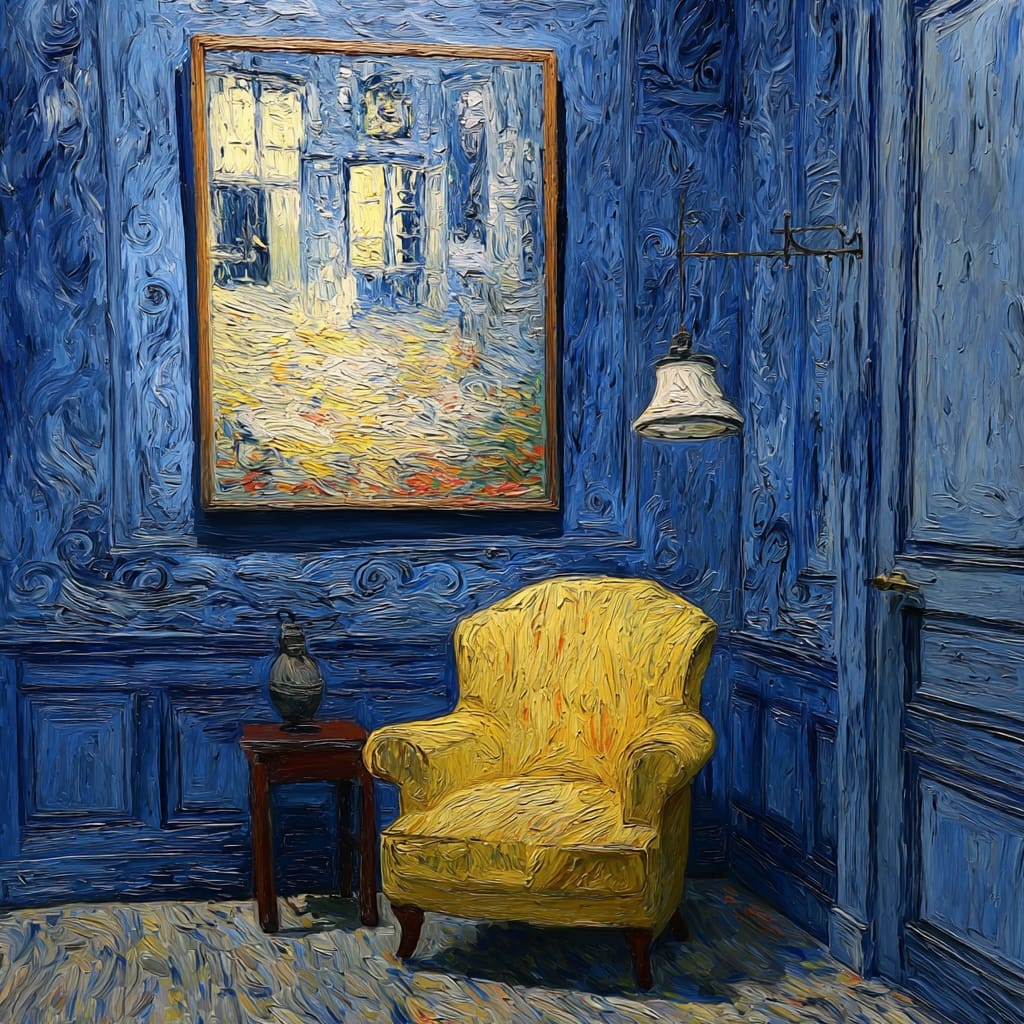
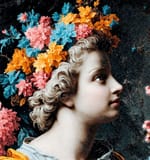



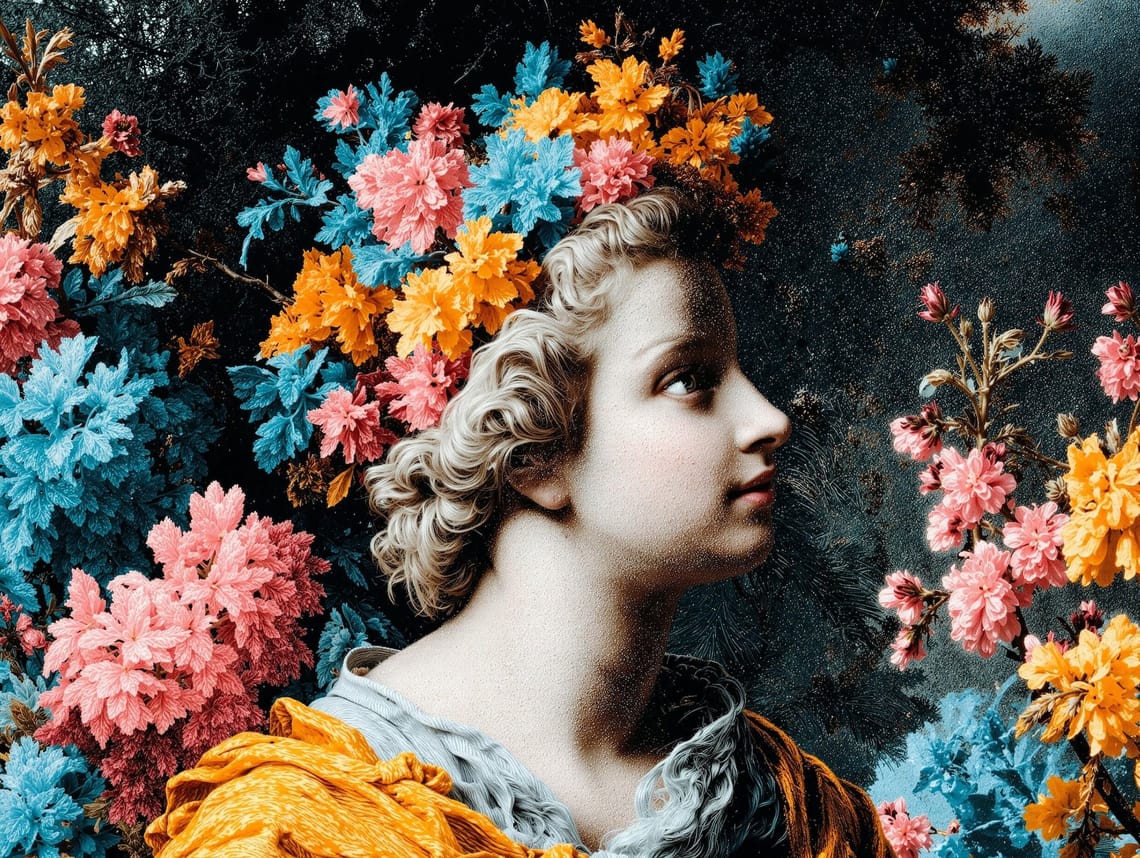
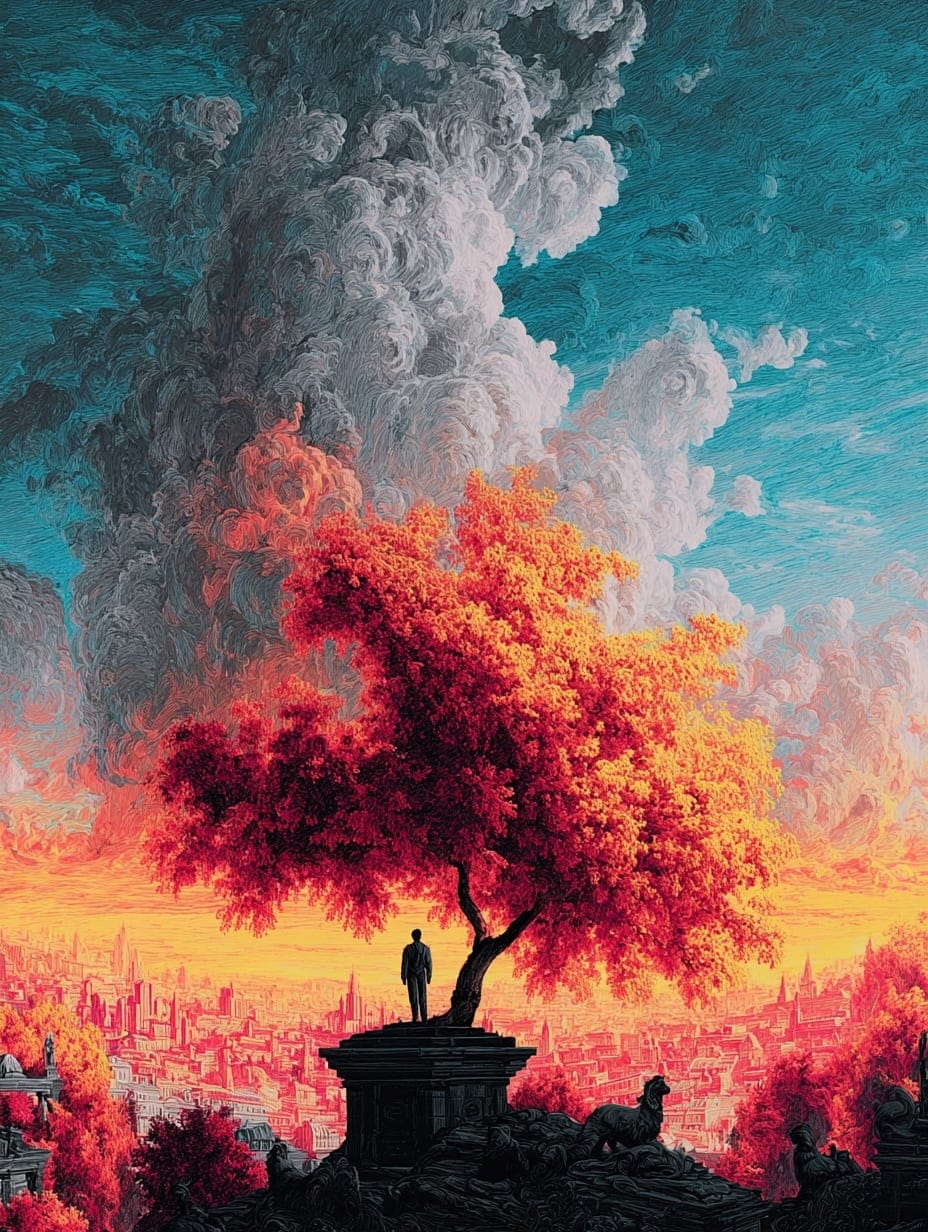
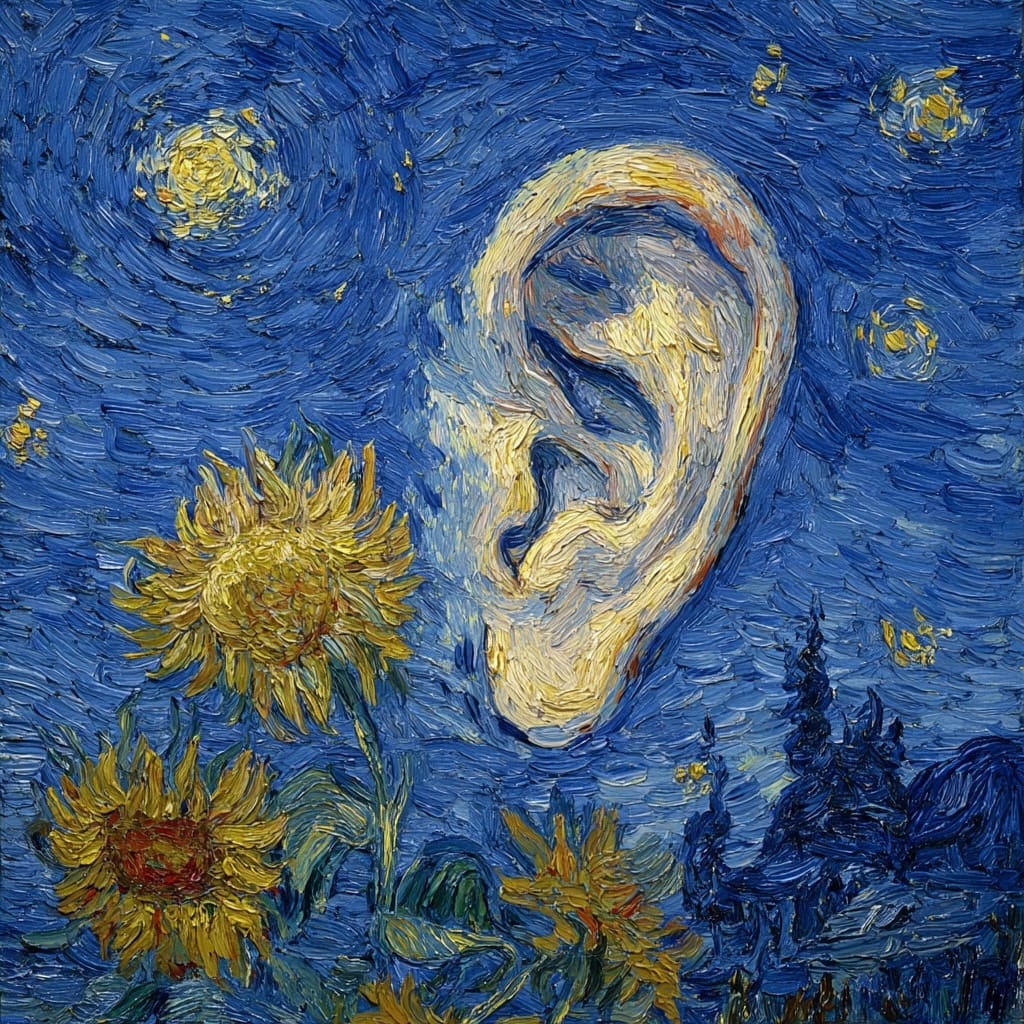
Member discussion